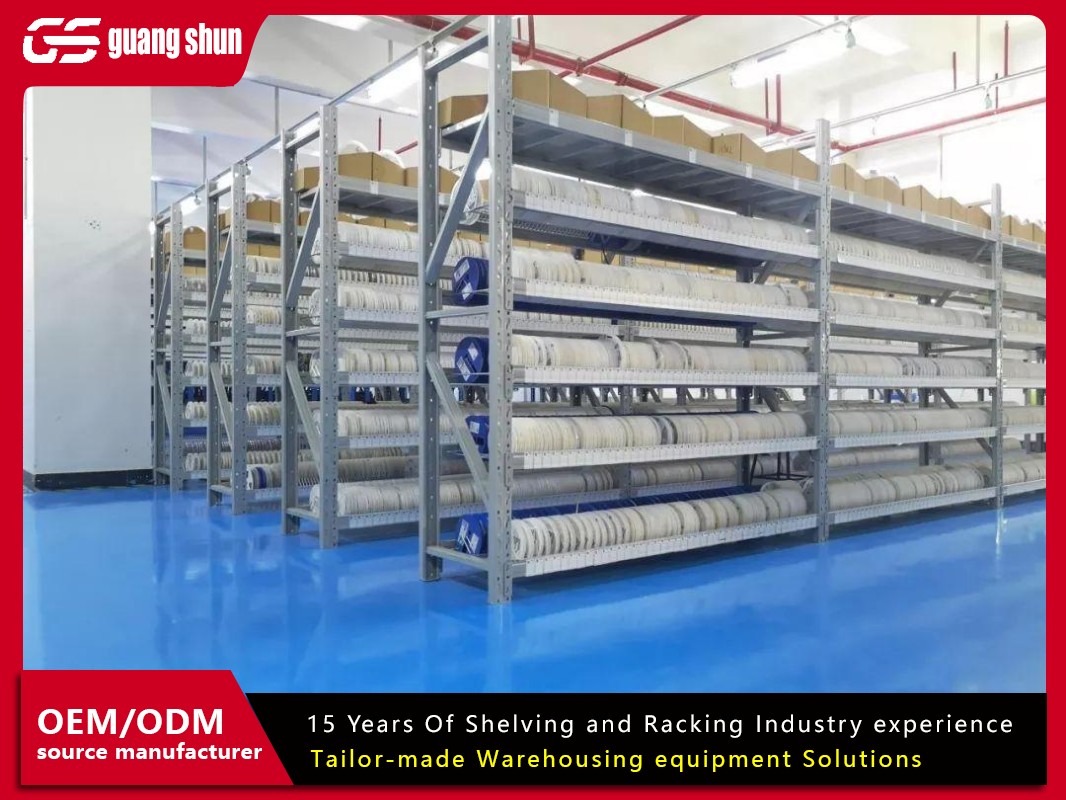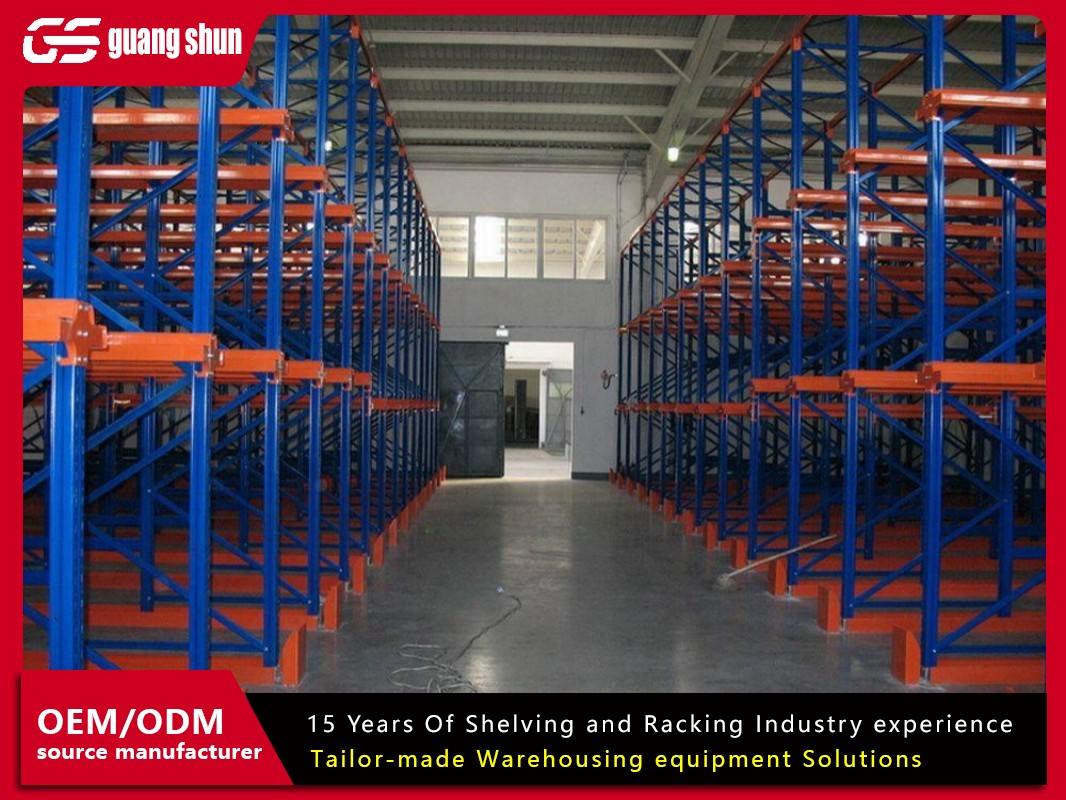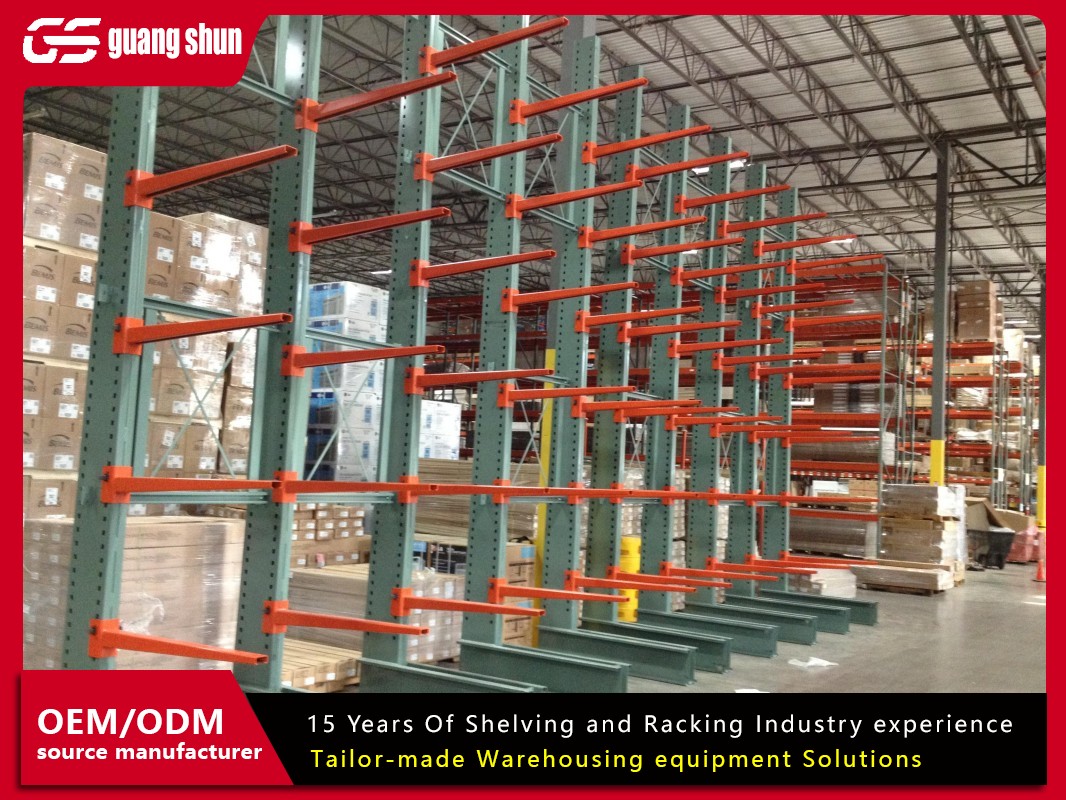In the demanding world of warehousing and logistics, the backbone of efficient storage is robust racking. Among the various options available, galvanised pallet racking stands out as a premier choice for longevity, durability, and cost-effectiveness, particularly in challenging environments. But what exactly is it, and why is it often the preferred solution? This comprehensive guide dives deep into the world of galvanised pallet racking, exploring its definition, benefits, applications, and key considerations.
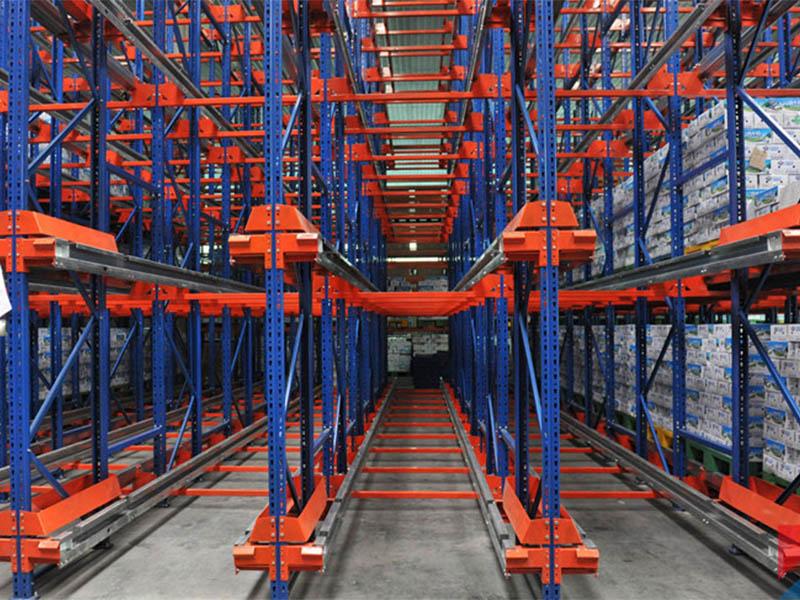
1. Defining Galvanised Pallet Racking: The Core Concept
At its heart, galvanised pallet racking refers to the structural steel framework used to store palletized goods, which has undergone a specific protective process called galvanization. Unlike standard painted racking, the core steel components (upright frames, beams, braces, wire decking) are immersed in molten zinc.
This process creates a metallurgical bond between the zinc and the steel substrate. The result is a complete, durable coating that shields the underlying metal from corrosive elements. Therefore, galvanised pallet racking isn't just painted racking; it's racking fundamentally transformed at the surface level to resist the relentless attack of rust and corrosion. This inherent protection is what defines it and sets it apart, making it essential for environments where moisture, chemicals, or temperature fluctuations are present.
2. The Galvanization Process: How the Magic Happens
Understanding what galvanised pallet racking is requires knowing how it gets its protective superpower. The most common and effective method used for structural racking is Hot-Dip Galvanizing (HDG):
Surface Preparation (Critical): Steel components undergo rigorous cleaning. This includes degreasing to remove oils, acid pickling to eliminate mill scale and rust, and fluxing to ensure optimal zinc adhesion. Flawless preparation is non-negotiable for a successful bond.
The Zinc Bath: The meticulously cleaned steel is fully immersed in a kettle of molten zinc, typically maintained around 450°C (840°F).
Metallurgical Reaction: Upon immersion, a reaction occurs between the iron in the steel and the molten zinc. This forms a series of zinc-iron alloy layers, topped by a layer of pure zinc.
Cooling: The components are slowly withdrawn from the bath, allowing excess zinc to drain off. They are then cooled, often using a quench tank or ambient air.
This process creates a coating that is:
Bonded: It's metallurgically fused to the steel, not just painted on. It won't chip, crack, or peel under normal impact or flexing.
Sacrificial: The zinc coating corrodes preferentially to the steel. Even if scratched down to bare steel, the surrounding zinc sacrificially protects the exposed area.
Complete Coverage: The immersion process ensures every nook, cranny, and internal surface of the component is coated, including hard-to-reach areas vulnerable on painted racking.
3. Superior Durability & Corrosion Resistance: The Prime Advantage
The most significant benefit of galvanised pallet racking, and the primary reason for its specification, is its exceptional resistance to corrosion. This translates directly into dramatically increased durability and lifespan compared to painted alternatives.
Combating Rust: Rust is the enemy of structural steel. Moisture (humidity, condensation, spills), airborne salts (coastal areas, de-icing salts), and industrial chemicals rapidly degrade painted surfaces. The zinc coating on galvanised pallet racking acts as an impervious barrier and a sacrificial anode, preventing rust formation on the core steel for decades.
Harsh Environment Champion: It excels in environments that quickly destroy painted racking:
Cold storage and freezers (constant condensation cycles)
Food and beverage processing (moisture, cleaning chemicals, sugars, salts)
Chemical storage facilities
Coastal warehouses (salt-laden air)
Agricultural facilities (fertilizers, moisture)
Unheated warehouses prone to condensation
Abrasion Resistance: The zinc-iron alloy layers are harder than the base steel, offering excellent resistance to abrasion from pallets, forklifts (minor impacts), and handling equipment, maintaining protection longer.
Longevity: While lifespan depends on the environment's corrosivity, galvanised pallet racking typically lasts 2-4 times longer than painted racking in the same conditions, often exceeding 25-30 years or more with minimal maintenance. This reduces the frequency and cost of rack replacement significantly.
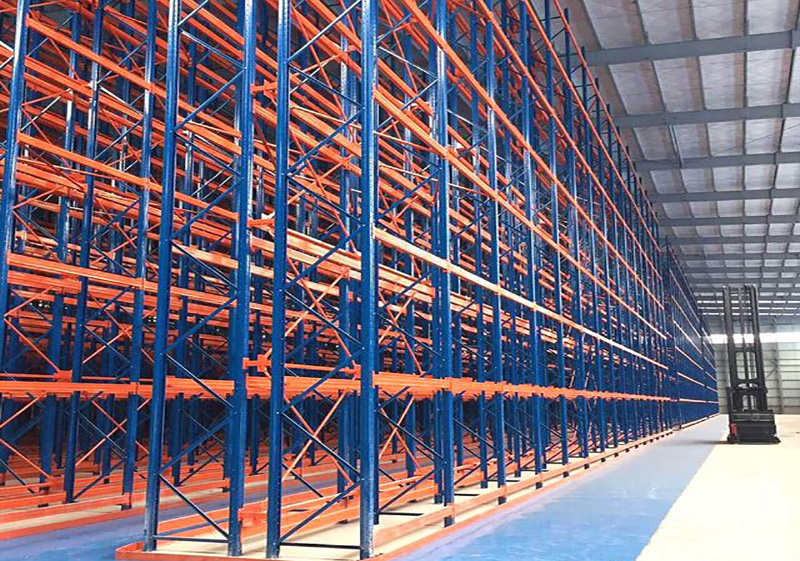
4. Cost-Effectiveness: Beyond the Initial Price Tag
While the upfront cost of galvanised pallet racking is generally higher than painted racking, focusing solely on this initial investment is shortsighted. Its true value lies in its long-term Total Cost of Ownership (TCO):
Reduced Maintenance Costs: Painted racking requires regular inspection, touch-up painting for scratches and chips, and eventual repainting to prevent rust. Galvanised pallet racking needs minimal maintenance. Occasional rinsing with water to remove dirt or salt deposits is usually sufficient. The elimination of ongoing painting programs saves substantial labor and material costs.
Extended Service Life: Replacing racking is a major capital expense and a significant operational disruption. The decades-long lifespan of galvanised pallet racking means fewer replacements over the lifetime of a facility. This spreads the initial higher cost over many more years.
Lower Risk of Premature Failure: Corrosion weakens steel. Galvanised pallet racking maintains its structural integrity much longer, reducing the risk of costly failures, potential product damage, or even safety incidents related to compromised components.
Resale Value: Well-maintained galvanised pallet racking often retains a higher resale value than painted racking of similar age, due to its known longevity and remaining protective coating.
5. Enhanced Safety and Structural Integrity
Safety is paramount in any warehouse. Galvanised pallet racking contributes significantly to a safer working environment through maintained strength and reliability:
Consistent Strength: Corrosion eats away at steel, reducing the cross-sectional area of components and thus their load-bearing capacity. By effectively preventing corrosion, galvanised pallet racking ensures that the structural strength designed into the system remains intact throughout its long service life. Uprights and beams maintain their rated capacities.
Reduced Risk of Sudden Failure: Hidden corrosion within upright columns or at beam connection points can lead to catastrophic, unexpected collapse. The robust, uniform protection of galvanizing minimizes this hidden threat, providing peace of mind.
Visible Integrity: While galvanizing prevents corrosion, if damage does occur (e.g., a deep gouge from a severe forklift impact), the exposed steel will rust. This creates a highly visible indicator (a reddish "tell-tale" stain) that maintenance is required, unlike painted racking where damage can be hidden until failure occurs.
Fire Resistance (Minor Benefit): The zinc coating provides a small degree of inherent fire resistance compared to bare steel, though it should not be considered a primary fire protection measure.
6. Minimal Maintenance Requirements
As touched upon earlier, the low-maintenance nature of galvanised pallet racking is a major operational advantage:
No Painting Needed: Eliminates the cycle of inspecting for rust, scraping, priming, and repainting. This saves significant time, labor costs, and avoids the downtime associated with painting operations within an active warehouse.
Simple Cleaning: Generally, routine cleaning involves simply hosing down or rinsing the racking with water to remove accumulated dirt, salts, or spillage residues. In most environments, harsh chemicals or specialized cleaning agents are unnecessary and can sometimes damage the zinc patina.
Focus on Inspection, Not Coating Repair: Warehouse inspections should still occur regularly (as with any racking system), but the focus shifts from coating condition to checking for physical damage (bends, dents, severe gouges), loose connections, impact damage, and ensuring load notices are correct. The coating itself requires little attention.
Handling Scratches: Minor surface scratches in the zinc are typically self-healing due to the sacrificial protection. Deeper gouges that expose significant areas of bare steel should be assessed and may require repair using a zinc-rich paint specifically designed for touching up galvanized steel to restore sacrificial protection.
7. Applications and Installation Considerations
Understanding where galvanised pallet racking shines and what to consider during implementation is key:
Ideal Applications:
Cold Storage & Freezers: The ultimate test. Constant freeze-thaw cycles, high humidity, and condensation make galvanizing essential.
Food & Beverage: Resists moisture, corrosive cleaning agents (sanitizers, acids, caustics), sugars, and salts prevalent in production and storage.
Chemical Storage/Processing: Protects against corrosive fumes and potential spills.
Coastal Facilities: Withstands salt spray corrosion.
High Humidity Environments: Unheated warehouses, agricultural buildings, tropical climates.
Washdown Areas: Facilities requiring frequent high-pressure cleaning.
Long-Term Investment: Any facility prioritizing minimal maintenance and maximum lifespan.
Installation Specifics:
Handling: While the coating is tough, care should still be taken during handling and installation to avoid deep gouges. Use appropriate slings and lifting techniques.
Compatibility: Galvanised pallet racking components are fully compatible with standard pallet rack accessories (like row spacers, column guards, decking). Ensure accessories are also galvanized or suitably corrosion-resistant for the environment.
Foundation/Floor: Proper installation on a sound, level concrete floor is critical for all racking, galvanized or not. Ensure floor anchors are corrosion-resistant (e.g., hot-dip galvanized or stainless steel), especially in harsh environments.
Post-Installation Inspection: A thorough inspection after installation by qualified personnel is vital to ensure structural integrity and safety, regardless of the coating type.
Galvanised pallet racking represents a significant investment in the durability, safety, and operational efficiency of a warehouse storage system. It is defined by the hot-dip galvanizing process, which provides unparalleled, long-lasting corrosion protection through a metallurgically bonded zinc coating. While the initial cost is higher than painted alternatives, the dramatically extended lifespan, minimal maintenance requirements, preserved structural integrity, and enhanced safety deliver a compelling and often superior total cost of ownership.
For environments where moisture, chemicals, temperature extremes, or corrosive atmospheres are present, galvanised pallet racking isn't just an option; it's the most reliable and cost-effective long-term solution. By choosing galvanised pallet racking, businesses invest in the resilience and longevity of their storage infrastructure, ensuring safe and efficient operations for decades to come. When evaluating your next racking system, the robust protection of galvanizing deserves serious consideration.



